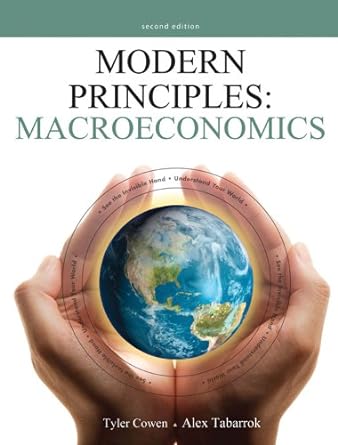1.6. Let's think about an economically sound way to measure the value ofleisure. To keep this simple,...
Question:
1.6. Let's think about an economically sound way to measure the value ofleisure. To keep this simple, we'll just think about the value of leisure to people who could work but who decide to stay home. Also, we won't think about how much actual workers value their free time, or how much children and retirees value their time.
In a standard supply and demand labor model, firms "demand" labor, while workers
"supply" labor. Let's think about a labor market that is in equilibrium, with a wage of
$20 per hour (close to the U.S. average) and with 150 million Americans working out of a total of 225 million working-age Americans.
Wage 150 million Labor demand
(firms)
225 million Number of workers
a. According to this simplified model of the U.S.
economy, some workers would work if the wage were higher, but at the current wage, they'd rather stay home and watch reruns of Seinfeld or (don't let this be you!) Two and a Half Men. For the workers who are right on the margin between working and not work ing, what would their wage be if wages rose ever so slightly and they went to work?
b. Let's use this wage as a shorthand for how much nonworkers value their time. Mter all, the "opportunity cost" of their free time must be at least this high, because otherwise they'd take ajob. Now, let's calculate a GDP measure that adds a rough estimate of the value enjoyed by these nonworkers.
We'll use the following identity, and we'll round the value of nominal GDP to
$14 trillion (close to the actual 2008 level):
Leisure-augmented GDP = Regular GDP +
Total monetary value ofleisure If the average working person works 2,000 hours per year (that's a 40-hour week for 50 weeks a year), then what is the leisure augmented value ofU.S. GDP?
GOP and the Measurement of Progress • CHAPTER 6 • 113
Step by Step Answer:







